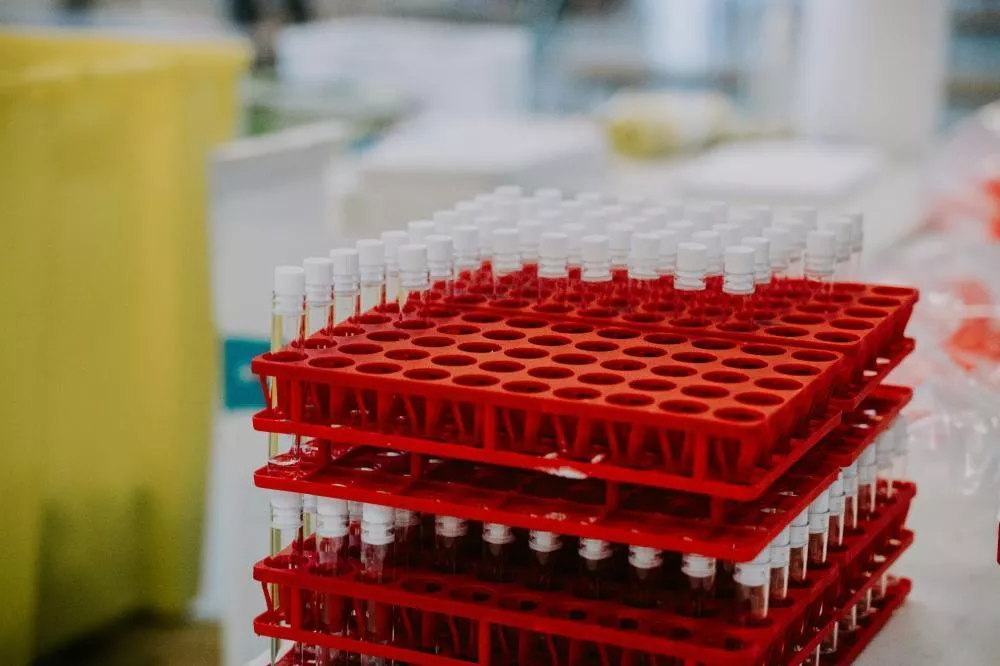

Retatrutide, a synthetic peptide, has garnered significant interest within the scientific community due to its versatile biological properties.
As a member of the incretin-mimicking class of compounds, this peptide is believed to exhibit a unique structural design that engages multiple receptor pathways. Its interaction with specific targets has suggested potential implications across a variety of scientific domains, ranging from metabolic studies to neurology and regenerative research.
This article explores the biochemical properties of Retatrutide, hypothesizing its potential roles in these fields while examining the mechanical aspects of how its structure might impact biological systems. By considering the potential implications of Retatrutide in experimental settings, this discussion aims to open new avenues of research and elucidate the possible impacts of this peptide in key areas of scientific exploration.
Retatrutide Peptide: Introduction
Peptides have long been studied for their potential to influence various biochemical processes, often interacting with receptor systems in highly specific manners. Retatrutide, a relatively novel peptide in scientific discourse, is believed to hold particular interest due to its potential to engage with multiple receptor targets, including the glucagon-like peptide-1 (GLP-1) receptor, glucagon receptor, and glucose-dependent insulinotropic polypeptide (GIP) receptor. This multifaceted interaction suggests that the peptide might impact a wide range of biological systems, offering intriguing possibilities for research across disciplines such as metabolism, neurobiology, and tissue regeneration.
Retatrutide Peptide: Mechanism of Action
At the core of Retatrutide's proposed implications lies its potential to interact with multiple receptor systems. The GLP-1 receptor, a well-characterized target involved in glucose regulation, is believed to be one of the primary interaction sites for Retatrutide. Studies suggest that the peptide might mimic endogenous GLP-1, thereby influencing glucose metabolism and suggesting possible implications in metabolic research. Additionally, the activation of GIP receptors has been associated with insulin secretion and energy balance, indicating that Retatrutide may impact these processes in experimental models.

Retatrutide's engagement with the glucagon receptor adds another layer of complexity to its mechanism. Glucagon is traditionally associated with increasing blood glucose levels and promoting gluconeogenesis, and its receptor's activation may, therefore, have implications for energy homeostasis and lipid metabolism. This suggests that Retatrutide may be studied in experimental settings focusing on lipid storage, mobilization, and metabolic flexibility, providing insight into how energy resources are managed.
Retatrutide Peptide: Metabolic Research
One of the most compelling areas of investigation concerning Retatrutide lies in its potential implications in metabolic research. Research indicates that the peptide might offer new perspectives into glucose homeostasis, insulin signaling, and lipid metabolism. Through its interaction with GLP-1, GIP, and glucagon receptors, Retatrutide seems to influence multiple aspects of energy regulation, from the uptake of glucose to the mobilization of lipid stores.
It has been theorized that Retitatrutide may interest scientists studying how metabolic pathways are coordinated at the molecular level, especially in the context of fluctuating nutrient availability. For example, investigations purport that the peptide may serve as a model for studying the interplay between anabolic and catabolic processes, offering insights into how energy balance is maintained during periods of both excess and deprivation.
Retatrutide Peptide: Neurological Research
In addition to its alleged metabolic properties, Retatrutide has been hypothesized to have potential implications for neurological research, particularly in areas related to neuroprotection and neurodegeneration. While the mechanisms behind these processes remain largely speculative, there is growing interest in how peptides that modulate metabolic pathways might also impact neurological function.

For instance, research suggests that GLP-1 receptor activation in the central nervous system may be linked to neuroprotective pathways. This hypothesis opens the door for exploring whether Retatrutide, through its action on GLP-1 receptors, might influence neural integrity and resilience. The possibility of investigating the impact of this peptide on cognitive function, memory, and neuroplasticity in research models might offer insights into how metabolic processes and brain function are interconnected.
Retatrutide Peptide: Regenerative Research
In the realm of regenerative research, Retatrutide's potential to engage multiple receptor pathways suggests that it might have implications in tissue repair and regeneration. The GIP and GLP-1 receptors, in particular, have been associated with pathways involved in cellular proliferation and survival, which are critical in regenerative processes. It has been hypothesized that Retatrutide might promote the repair of damaged tissues by influencing these pathways, particularly in tissues where glucose metabolism plays a critical role.
For example, research might explore whether Retatrutide may influence the regeneration of pancreatic beta cells, which are involved in insulin production. These cells are central to glucose homeostasis, and their loss or dysfunction is a hallmark of various metabolic conditions.
Retatrutide Peptide: Conclusion
Retatrutide represents a peptide of significant interest across a variety of scientific domains. Its potential to target multiple receptor pathways opens the door for research into areas ranging from metabolic regulation to neuroprotection and tissue regeneration. While much remains to be understood about the peptide's full range of impacts, early hypotheses suggest that its polypharmacological properties might yield valuable insights into complex biological processes. Scientists interested in more educational articles such as this Retatrutide research study are encouraged to visit Biotech Peptides.
References
[i] Ghosh, M. K., & Sinha, P. (2022). The role of incretin-based therapies in metabolic disorders: Implications for obesity and diabetes management. Journal of Diabetes Research, 2022, Article ID 8404012. https://doi.org/10.1155/2022/8404012
[ii] Baggio, L. L., & Drucker, D. J. (2007). Glucagon-like peptide-1 receptor agonists and the treatment of type 2 diabetes: A review of the literature. Diabetes Care, 30(4), 826-834. https://doi.org/10.2337/dc06-2220
[iii] Gault, V. A., & Holst, J. J. (2011). The glucagon-like peptide-1 receptor: A potential target for the treatment of neurodegenerative diseases. Trends in Pharmacological Sciences, 32(9), 501-507. https://doi.org/10.1016/j.tips.2011.05.002
[iv] Pizzoferrato, A., & Montalvo, M. (2023). The incretin system and its role in neuroprotection: Exploring new avenues for therapeutic intervention. Frontiers in Neuroscience, 17, 1034567. https://doi.org/10.3389/fnins.2023.1034567
[v] Kim, S. H., & Ahn, K. (2019). The role of GLP-1 and GIP in the regulation of metabolism and tissue repair: Implications for regenerative medicine. Journal of Endocrinology, 241(3), R105-R116. https://doi.org/10.1530/JOE-19-0055